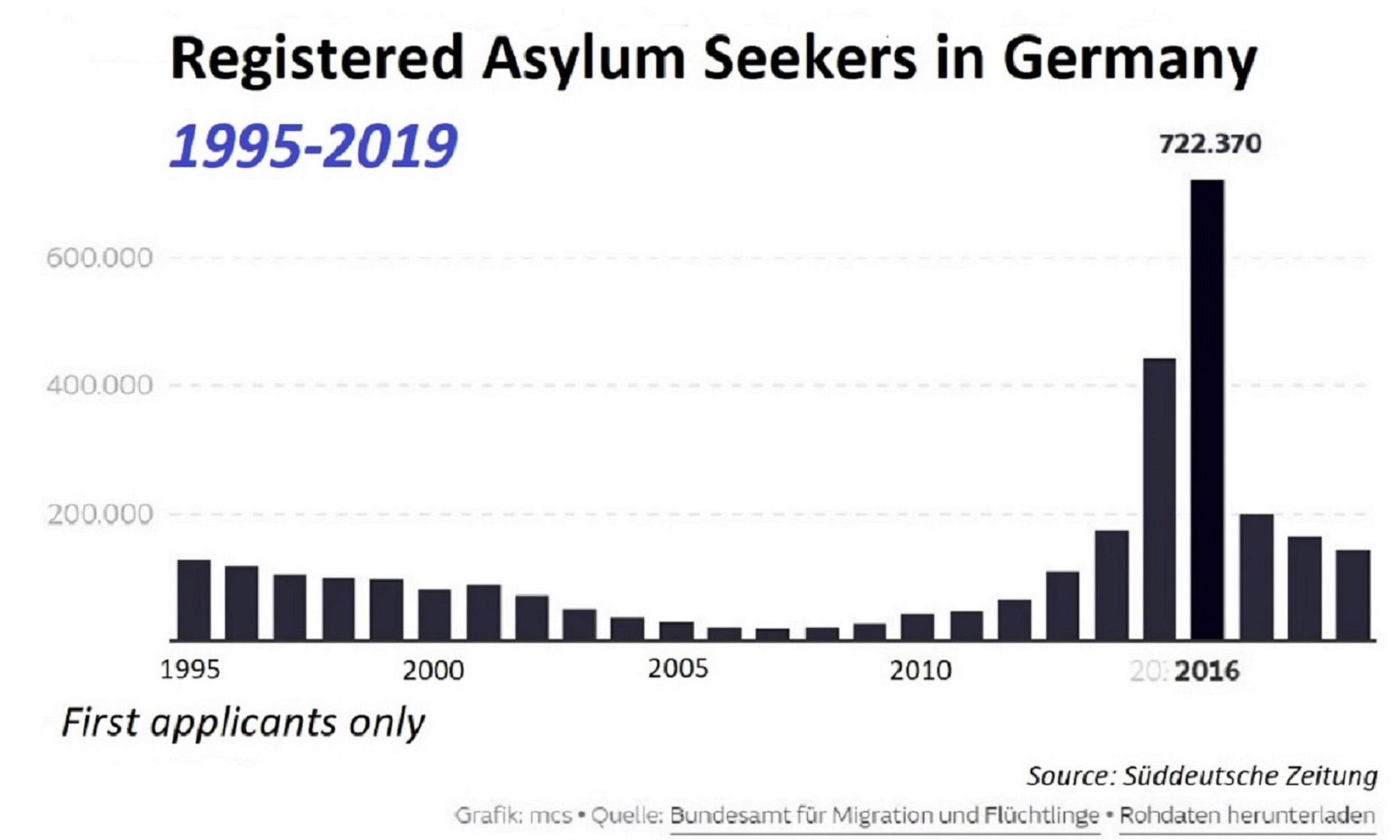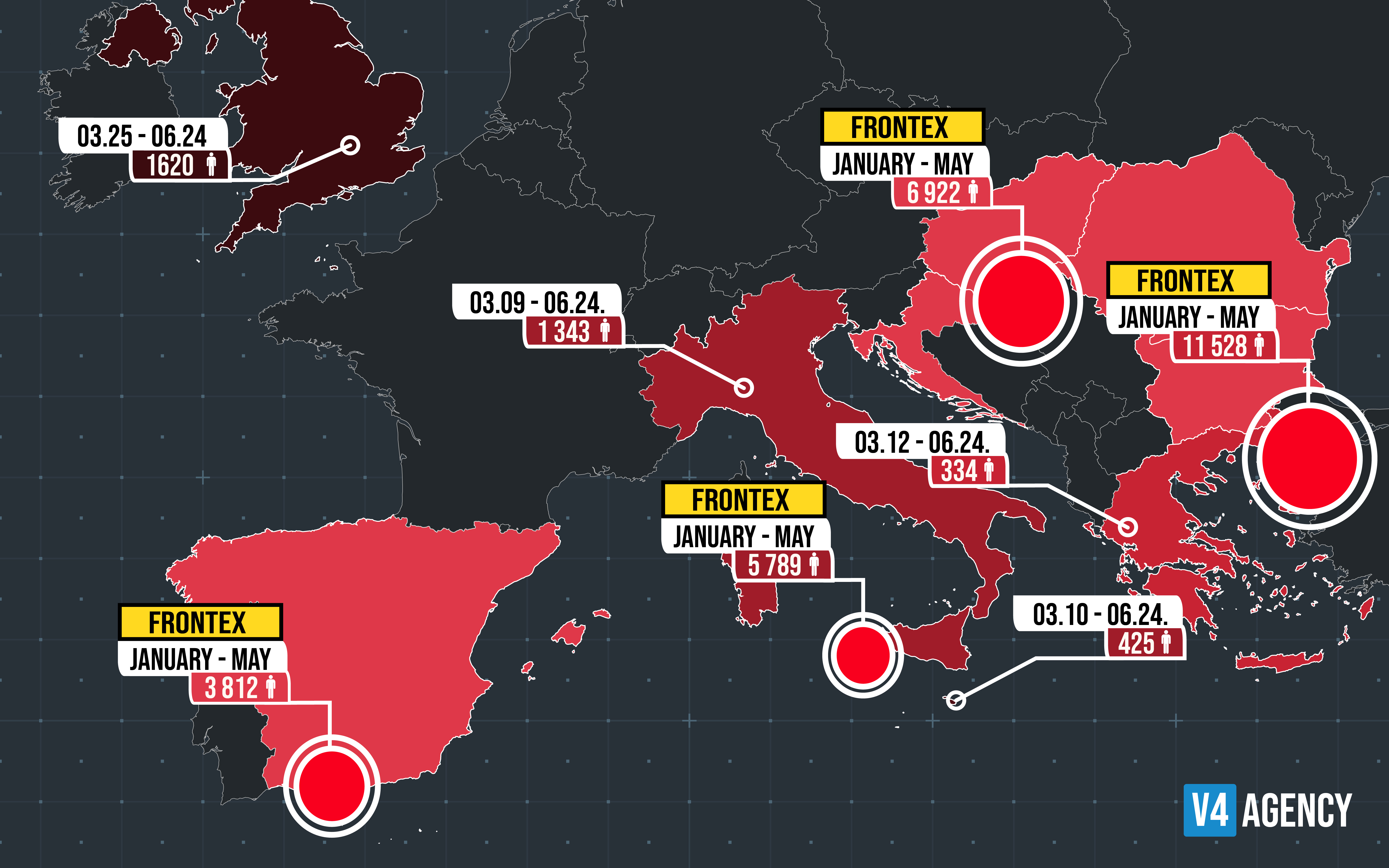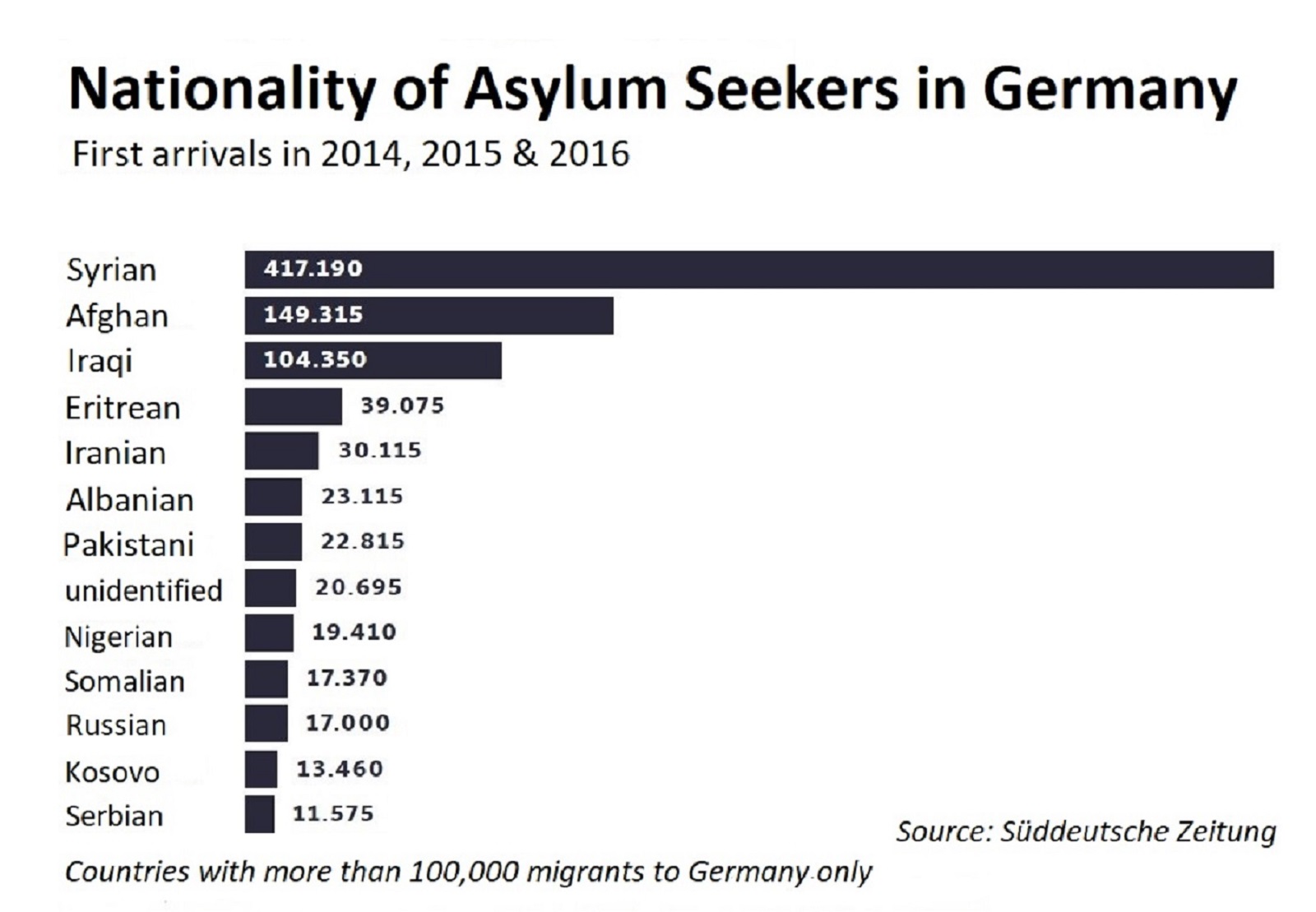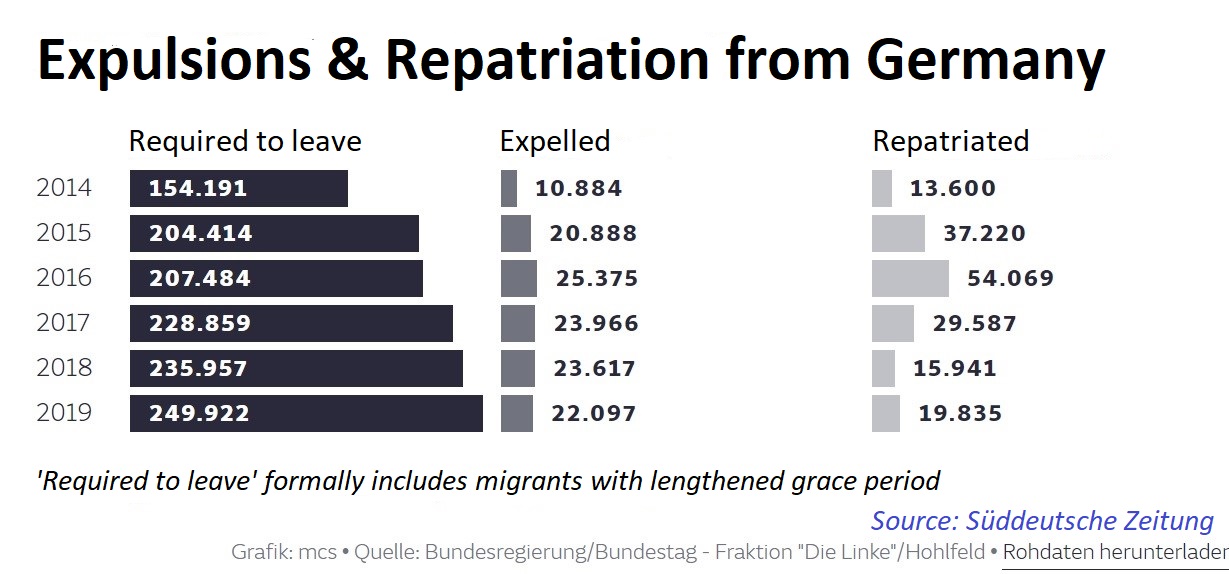
Merkel promises integration, but number of unemployed migrants keeps rising
It was exactly five years ago, on 4 September, 2015, when Chancellor Angela Merkel ordered the entry of illegal migrants detained at the Serbian-Hungarian border into Germany without registration. At the first weekend, 20,000 migrants arrived in Munich, the largest migrant population since World War II. Then came Merkel s infamous phrase, "We can do it" ("Wir schaffen das"). Five years and more than 1.8 million immigrants later, the migrant situation still divides Germany and the whole of Europe.
The first flood of migrants hit Europe in 2015 autumn, including predominantly Syrians, Afghans and Iraqis. In Germany, 441,899 migrants were registered in the last four months of the year, however, due to their high number during the first wave, some of them were only registered in early 2016. This explains why a significant number of migrants, more than 722,000, received residence permit in 2016, according to data from the Federal Office for Migration and Refugees (BAMF).

Some Central European states, including Austria, Hungary, Slovenia, the Czech Republic and Slovakia, tightened their border protection at this time, leading to a reduction in illegal migration on the Balkan route from 2017 onwards. As a result, European land migration consolidated: in 2019, German authorities assessed 142,509 applications for establishment, one-fifth of the 2016 figure.

Two-thirds of those who arrived in Germany between 2014 and 2016 were Syrians, Afghans and Iraqis, according to the analysis by the daily Suddeutsche Zeitung. The majority of asylum seekers (40%) came from Syria, which was fighting against the Islamic State terrorist organisation while a civil war was also unfolding. By the end of 2016, this made 1.038 million Syrians leave for Germany, according to the Federal Statistical Office (Destatis). At the same time, the number of asylum seekers from the Balkan states fell significantly, as Germany had tightened establishment rules for them.

While the number of migrants who were granted refugee status stabilised between 266 thousand and 270 thousand in Germany between 2016 and 2019, the number of immigrants deported (repatriated) and granted a residence permit extended with a grace period was steadily increasing. While in 2015, 110,745 people were legally expelled by the German authorities since their political asylum request was unfounded, this number rose to 178,495 by the end of last year. This means an annual expulsion rate of about 10-12 per cent, according to the Suddeutsche Zeitung. Even the left liberal newspaper admits that the crimes committed by migrants (the rape of German women in Cologne on New Year s Eve or the terror attack at the Berlin Christmas Market) „did not shed good light” on either immigrants or German authorities reluctant to carry out deportation orders.

Data on enrolment and employment indicate the willingness to integrate of migrants arriving from 2016. Research by the German newspaper shows that one in four refugee children in Germany is still not attending primary school. In the case of adults, 77,000 job-seeking migrants were registered in Germany in July 2015, a figure that tripled to 211,000 by July 2019. The latest data paint a bleak picture of migrants willingness to find a job: at the end of July 2020, 281,000 jobseekers with a migrant background were registered in Germany.

